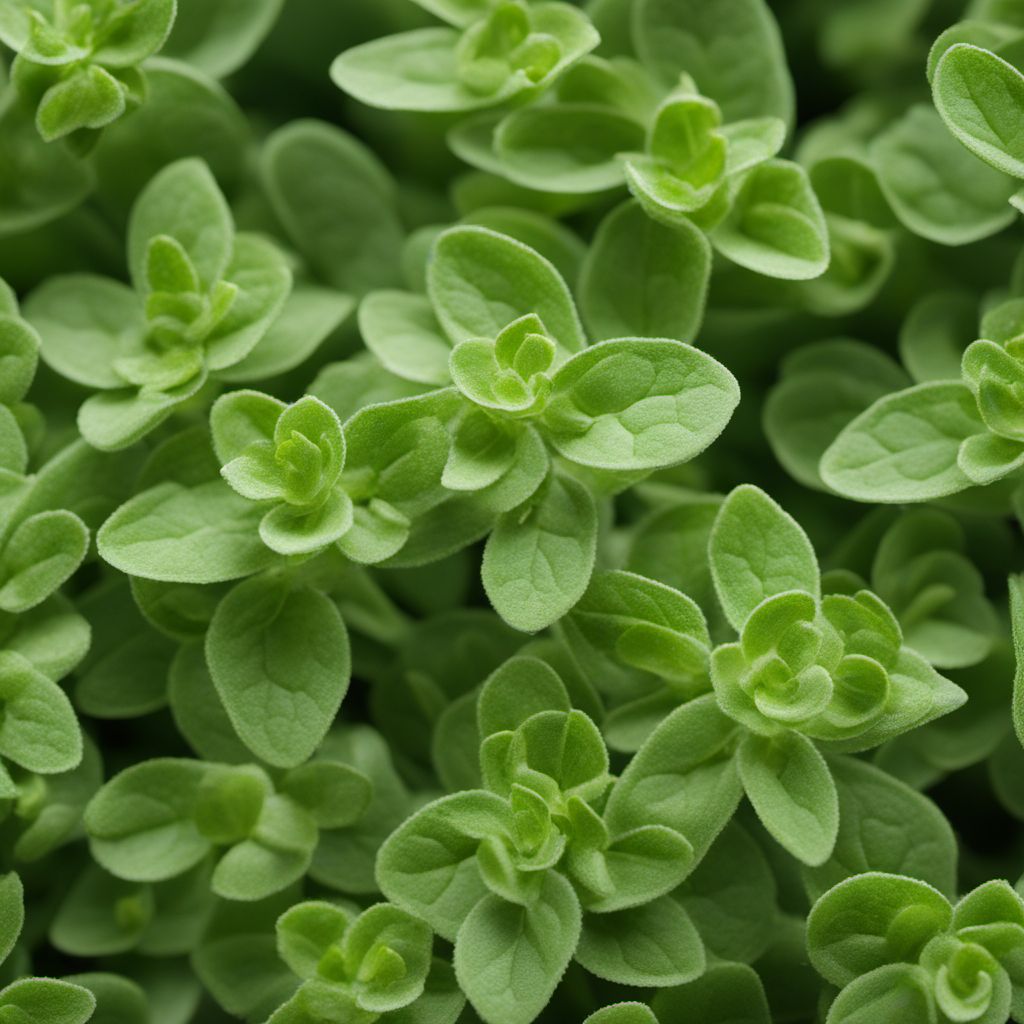
Ingredient
Marjoram
The Fragrant Herb: Marjoram
Marjoram is a perennial herb with small, oval-shaped leaves that are gray-green in color. It has a mild, sweet, and slightly floral flavor, similar to oregano but milder. The herb offers a delicate fragrance that enhances the taste of dishes without overpowering them. Marjoram has a soft, velvety texture and can be used fresh or dried.
Origins and history
Marjoram has been used in culinary practices for centuries and has its roots in ancient Egypt, where it was believed to have medicinal properties. It was later introduced to Europe by the Romans and became a staple in Mediterranean cuisine. Today, marjoram is widely cultivated in various regions, including the Mediterranean, North Africa, and parts of Asia.
Nutritional information
Marjoram is a good source of vitamins A, C, and K, as well as minerals like calcium, iron, and potassium. It is also known for its antioxidant properties and may have anti-inflammatory benefits. With only a few calories per serving, marjoram is a nutritious addition to meals.
Allergens
There are no known allergens associated with marjoram.
How to select
When selecting marjoram, look for fresh leaves that are vibrant green in color and free from wilting or yellowing. The leaves should have a strong aroma, indicating their freshness. If purchasing dried marjoram, ensure that it is stored in an airtight container to maintain its flavor and potency.
Storage recommendations
To store fresh marjoram, wrap it in a damp paper towel and place it in a plastic bag in the refrigerator. It can last for up to a week when stored this way. Dried marjoram should be kept in an airtight container in a cool, dark place, away from direct sunlight. Proper storage will help retain its flavor and aroma.
How to produce
Marjoram can be easily grown in a home garden or in pots. It thrives in well-drained soil and requires full sun exposure. Regular pruning will help promote bushier growth and ensure a continuous supply of fresh leaves.
Preparation tips
Marjoram can be used in a variety of dishes, including soups, stews, sauces, marinades, and salad dressings. It pairs well with meats, poultry, fish, vegetables, and legumes. It is often added towards the end of cooking to preserve its delicate flavor. Additionally, marjoram is a key ingredient in traditional herb blends like herbes de Provence and za'atar.
Culinary uses
Marjoram is commonly used in Mediterranean, Middle Eastern, and North African cuisines. It is cultivated in countries such as Italy, Greece, Egypt, Turkey, and Morocco.
More ingredients from this category

Mastic thyme
The Fragrant Herb: Unveiling the Aromatic Delights of Mastic Thyme

Thyme
The Fragrant Herb: Thyme

Summer savory
"The Herb of Warmth and Flavor"

Winter savory
Savoring the Season: Exploring the Delights of Winter Savory
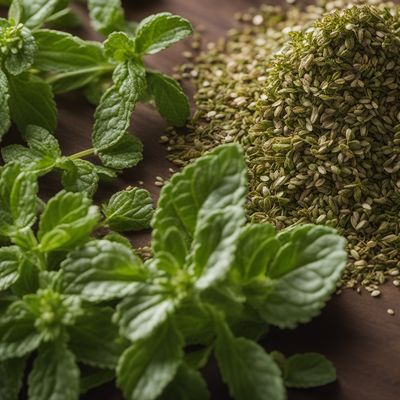
Syrian oregano
The Exotic Herb: Syrian Oregano
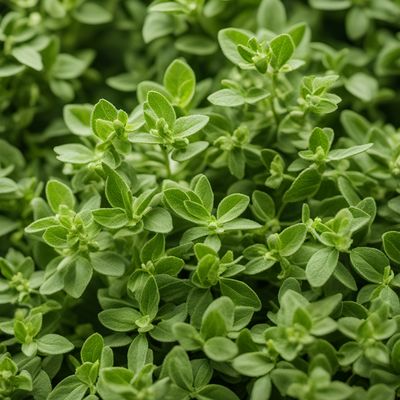
Cretan oregano
The Fragrant Herb of the Mediterranean

Lemon thyme
The Zesty Herb

Lemon savory
The Zesty Herb: Lemon Savory and its Citrusy Twist
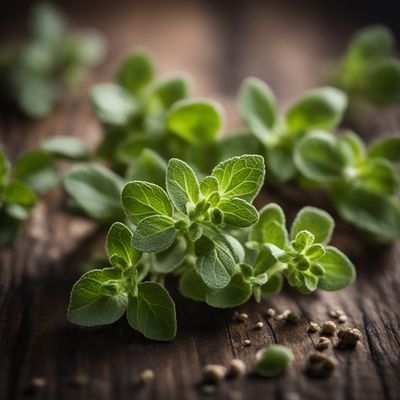
Oregano
The Herb of Mediterranean Delights

Creeping thyme
The Fragrant Delight of Creeping Thyme
Recipes using Marjoram » Browse all

Silesian Stuffed Pork Knuckle
Hearty Silesian Delight: Stuffed Pork Knuckle with a Twist

Estonian-style Bat Stew
Bats in a Hearty Estonian Stew

Homemade Liverwurst
Savory Delight: Homemade Liverwurst with a German Twist

Polish-style Creamy Pea Puree
Velvety Green Delight: Polish-style Creamy Pea Puree

Pyzy with Meat Filling
Savory Polish Dumplings: Pyzy with a Delicious Meat Filling

Mitsumame - A Refreshing Japanese Dessert
Summer Delight: Mitsumame - A Burst of Flavors and Textures

Molecular Gastronomy Mushroom Fritters
Whimsical Mushroom Fritters: A Molecular Gastronomy Delight
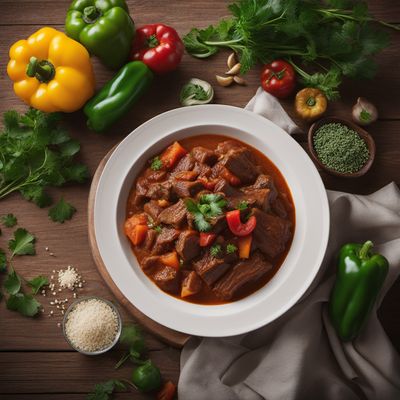
Polish Beef Goulash
Hearty Polish Beef Goulash: A Flavorful Journey to Eastern Europe

Coconut Jelly Delight
Tropical Bliss: Coconut Jelly Delight
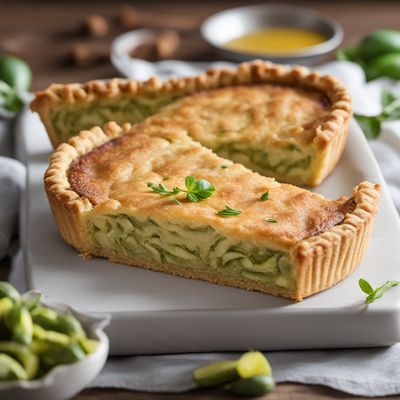
Czech-style Zucchini Pie
Savory Zucchini Delight: A Czech Twist on a Greek Classic

Homemade Herbal Jelly
Refreshing Herbal Delight: Homemade Guilinggao
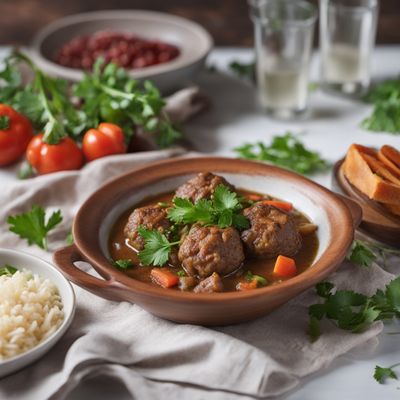
Latvian Meatball Soup
Hearty Baltic Delight: Latvian Meatball Soup